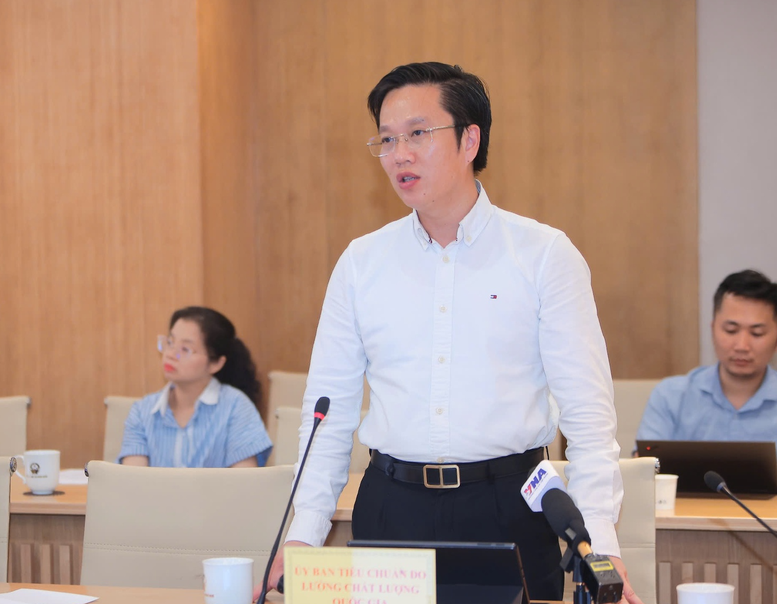
Mr. Ha Minh Hiep, Chairman of the National Committee for Standards, Metrology and Quality, spoke at the press conference - Photo: VGP/TG
On the afternoon of July 7, the Ministry of Science and Technology (MOST) held a press conference to introduce the basic contents of five laws drafted by the Ministry, which were recently passed by the 15th National Assembly at its 9th Session. These include the Law amending and supplementing a number of articles of the Law on Product and Goods Quality and the Law amending and supplementing a number of articles of the Law on Technical Standards and Regulations.
At the press conference, a reporter from the Government E-newspaper asked: Recently, many cases of fake milk, fake food, and goods of unknown origin have been discovered, causing public outrage. So how will the two new laws related to standards, technical regulations, and product and goods quality that have just been passed by the National Assembly address this issue?
Responding to the question, Mr. Ha Minh Hiep, Chairman of the National Committee for Standards, Metrology and Quality, emphasized that the synchronous completion of the legal system on standards, technical regulations and product and goods quality is a fundamental solution, aiming to create a strong enough legal tool to prevent products and goods that do not comply with standards and technical regulations, protect the legitimate rights of consumers, honest businesses and maintain market discipline.
The National Assembly’s passing of two amended and supplemented laws (Law on Technical Standards and Regulations, Law on Product and Goods Quality) is a very timely and necessary step. The two laws have added many important and breakthrough provisions to overcome current legal loopholes.
"We manage the quality of products and goods based on the principle of whether the goods comply with standards or regulations or not," Mr. Ha Minh Hiep emphasized.
Transforming the quality management model according to risk
One of the breakthroughs in the Law amending and supplementing a number of articles of the Law on Product and Goods Quality is the conversion of the quality management model based on risk.
Accordingly, instead of classifying products and goods, they are transferred from administrative groups (group 1, group 2) to classifying products and goods according to three risk levels (low, medium, high).
"Previously, we managed goods according to group 1 and group 2 classification, leading to the fact that there were high-risk products but businesses self-declared them. This is very dangerous," said Mr. Ha Minh Hiep.
With the new law, high-risk goods must be assessed by a third party, and cannot be self-assessed by businesses. For medium to low-risk goods, businesses can self-assess and take responsibility, and businesses can use third-party certification results or self-testing for assessment.
"This time we are clear, high-risk products must be managed very strictly," said Mr. Ha Minh Hiep.
At the same time, the law also adds early prevention tools such as traceability, risk-based post-audit, and disclosure of compliance/standard information. High-risk goods must be traceable. Thereby, focusing on checking high-risk products instead of widespread inspections as is currently the case.
Clearly assign responsibilities among ministries and branches
According to Mr. Ha Minh Hiep, a long-standing problem is the situation where a product is managed by many ministries, overlapping and lacking clarity .
Therefore, the revised Law on Product and Goods Quality this time clearly establishes the mechanism for assignment, decentralization of management, and responsibility among ministries, sectors, and localities, clearly stipulating the principle : Each product is managed by only one ministry. "Thus, whichever ministry manages it is ultimately responsible," said Mr. Ha Minh Hiep.
Along with that, the Law on Standards and Technical Regulations also stipulates that each standard has only one management department. This clear division of labor helps increase the effectiveness and efficiency of management as well as law enforcement; avoiding evasion of responsibility when violations occur.
In addition, the two new laws also strengthen the responsibility of businesses throughout the supply chain, from standard announcement, traceability, information transparency to product recall and compensation for damages. Acts of quality fraud, false advertising, and trading in goods of unknown origin, especially on e-commerce platforms and digital environments, are strictly prohibited and will be severely punished.
At the same time, build and operate a national database on quality measurement standards, connect and share data between ministries, localities, customs, international warnings and consumer feedback. This mechanism will allow early detection, timely warnings and quick handling of cases of goods that do not comply with standards and technical regulations.
Increase the role of social supervision through the participation of professional social organizations and social organizations participating in consumer protection in surveying and testing the quality of products and goods circulating on the market, making recommendations and coordinating inspections.
With strong changes, the two laws on standards, regulations and quality of products and goods not only overcome legal gaps but also create a modern, transparent, and effective legal ecosystem based on digital technology and international integration.
Mr. Ha Minh Hiep added that the model of risk management by level instead of grouping as before has been widely applied by ASEAN countries. Vietnam's approach to this method not only improves quality management capacity but also increases compatibility in regional and global trade.
Thu Giang
Source: https://baochinhphu.vn/khac-phuc-lo-hong-phap-ly-ngan-chan-hang-gia-hang-kem-chat-luong-102250707194412522.htm


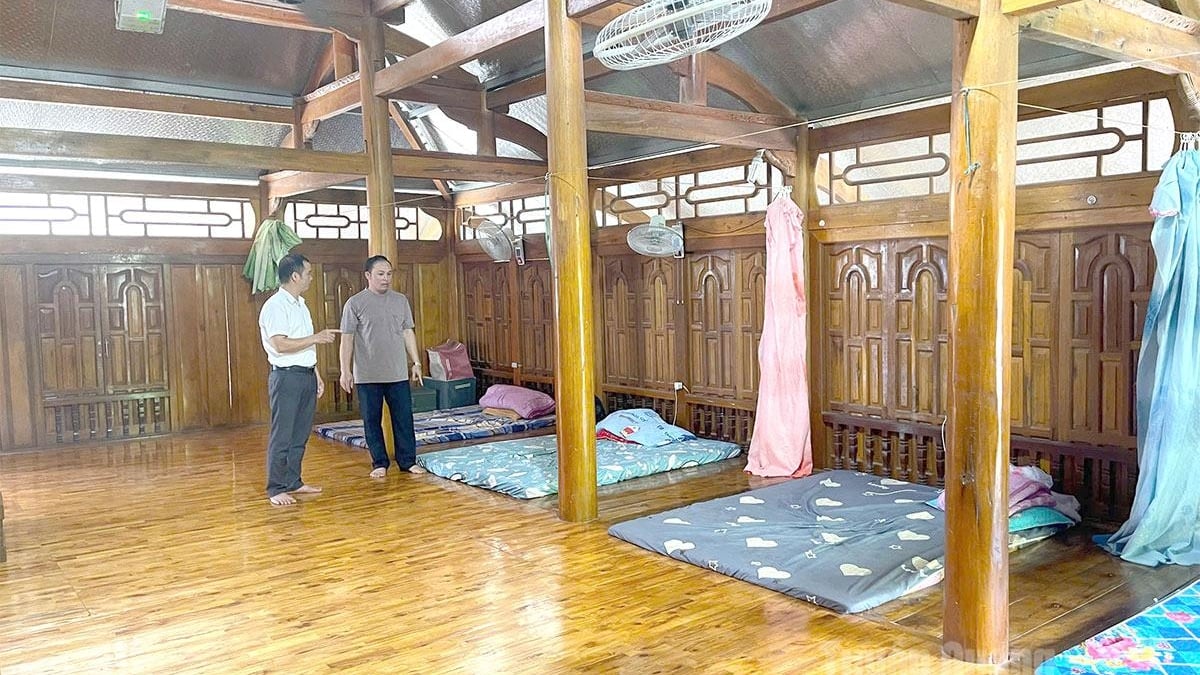

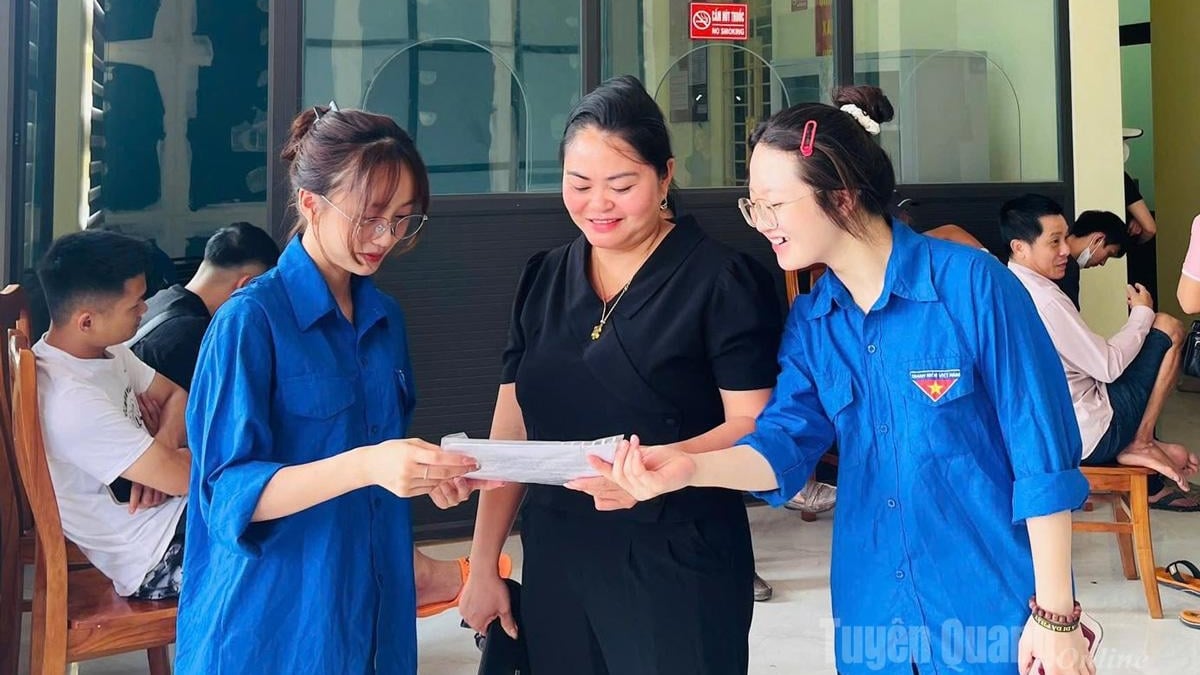
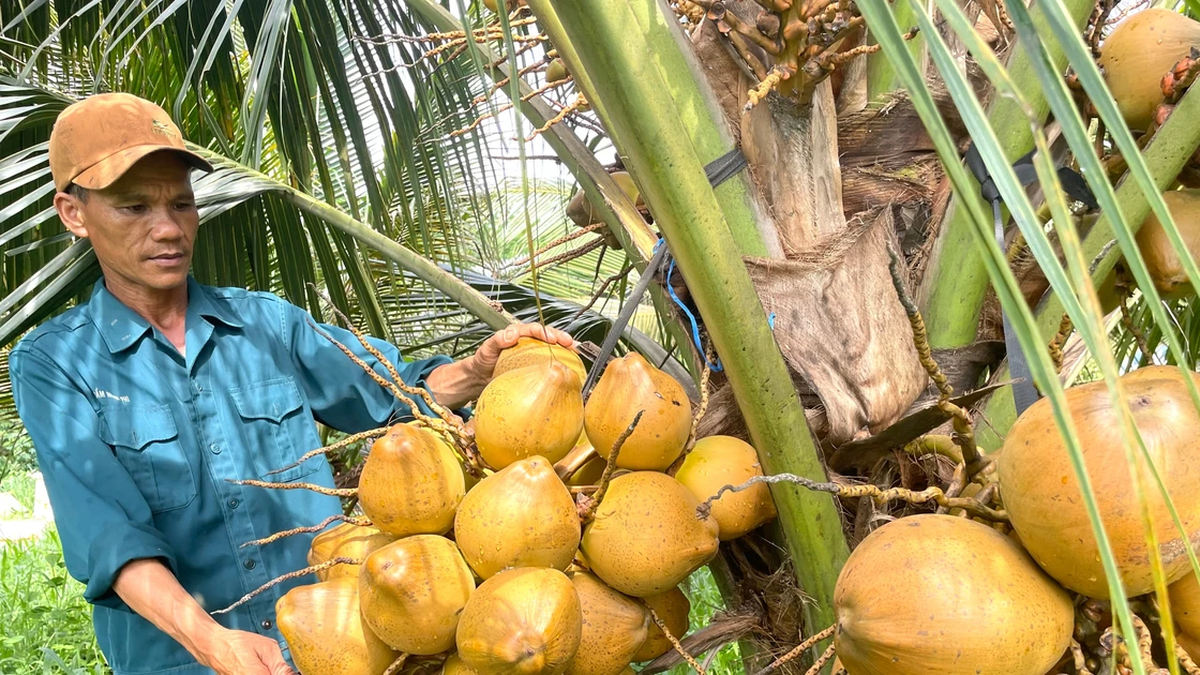
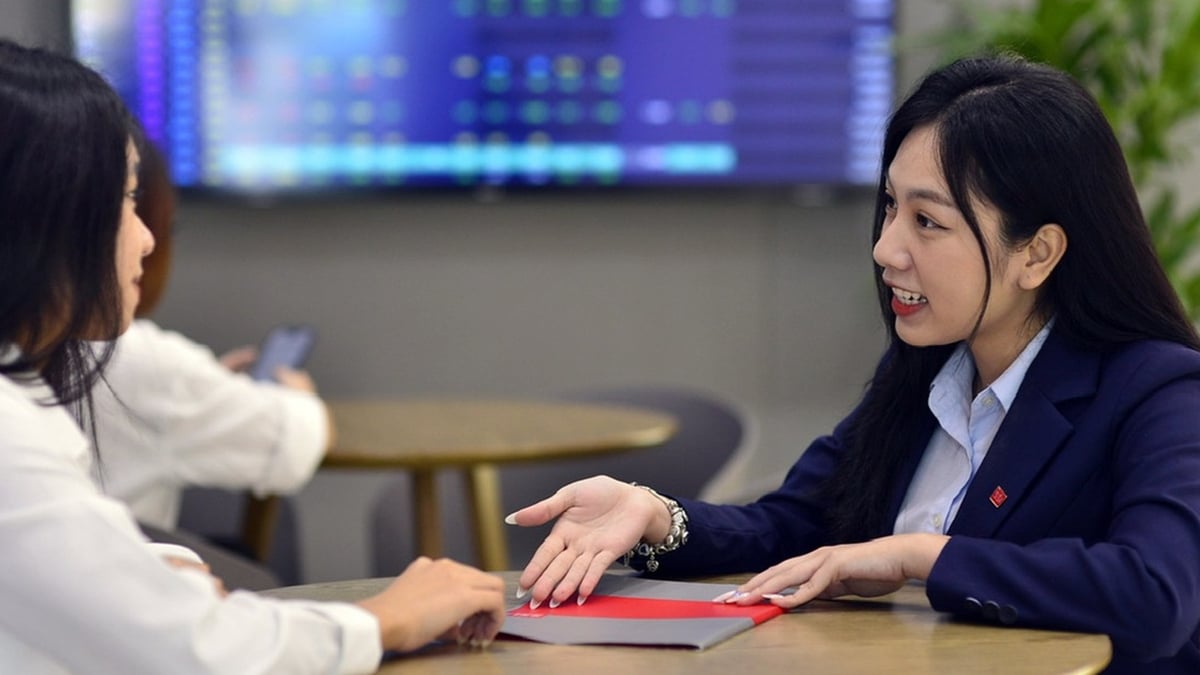
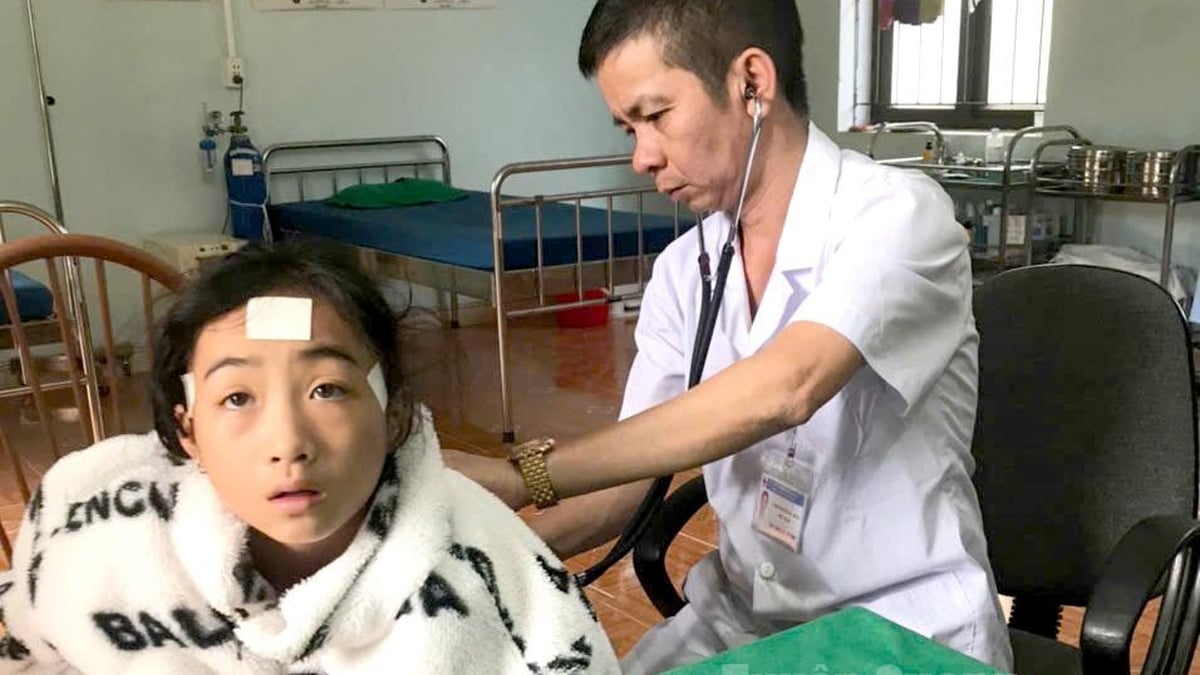

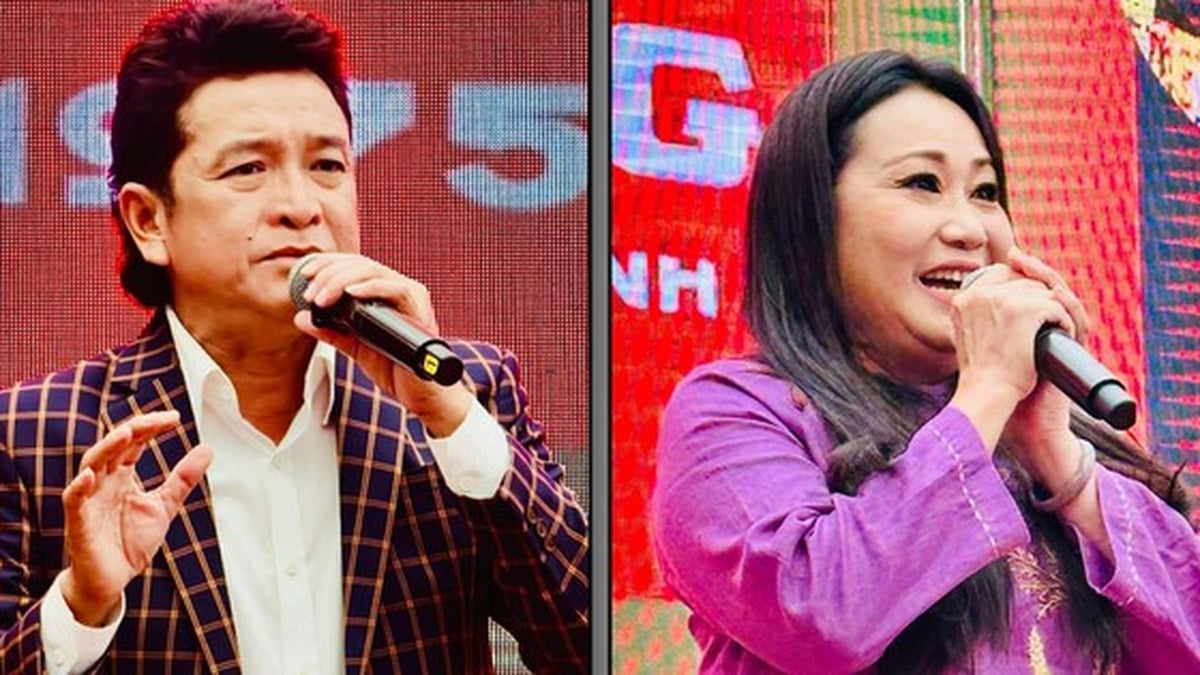
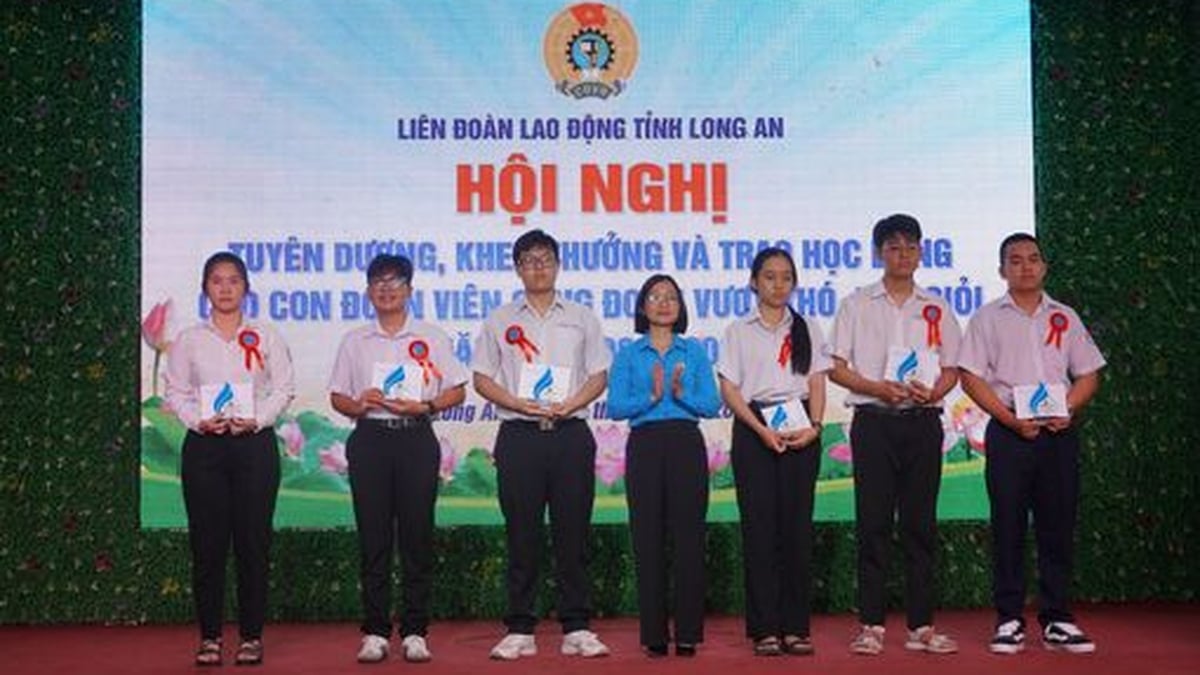
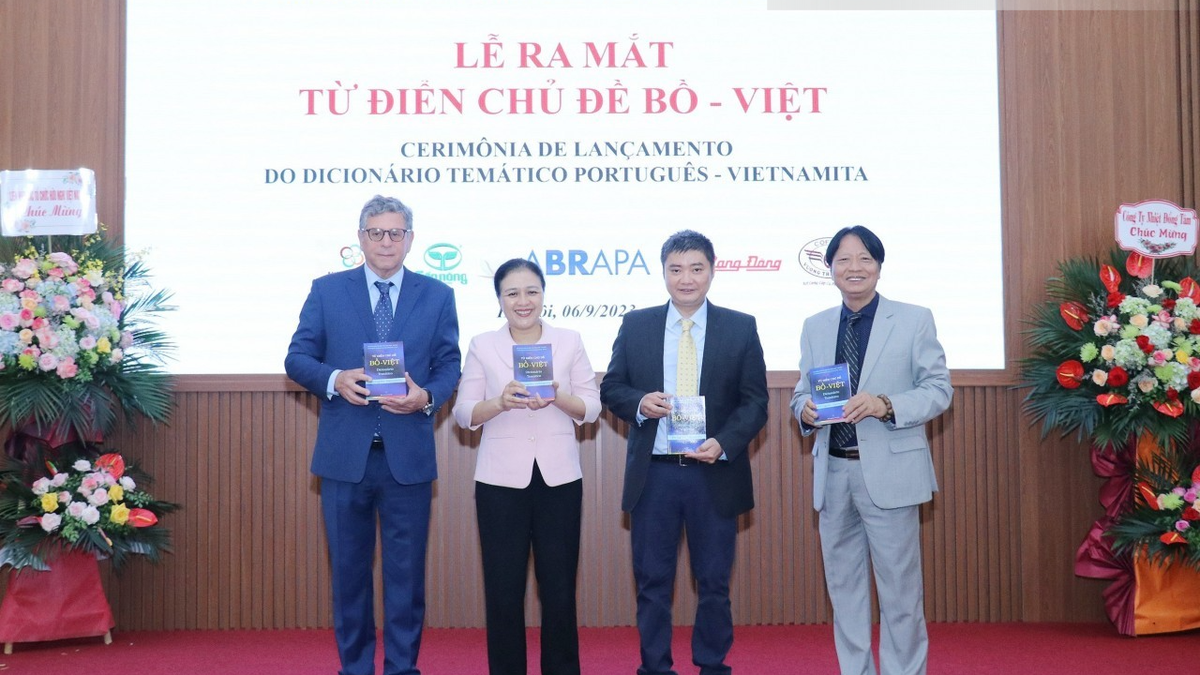










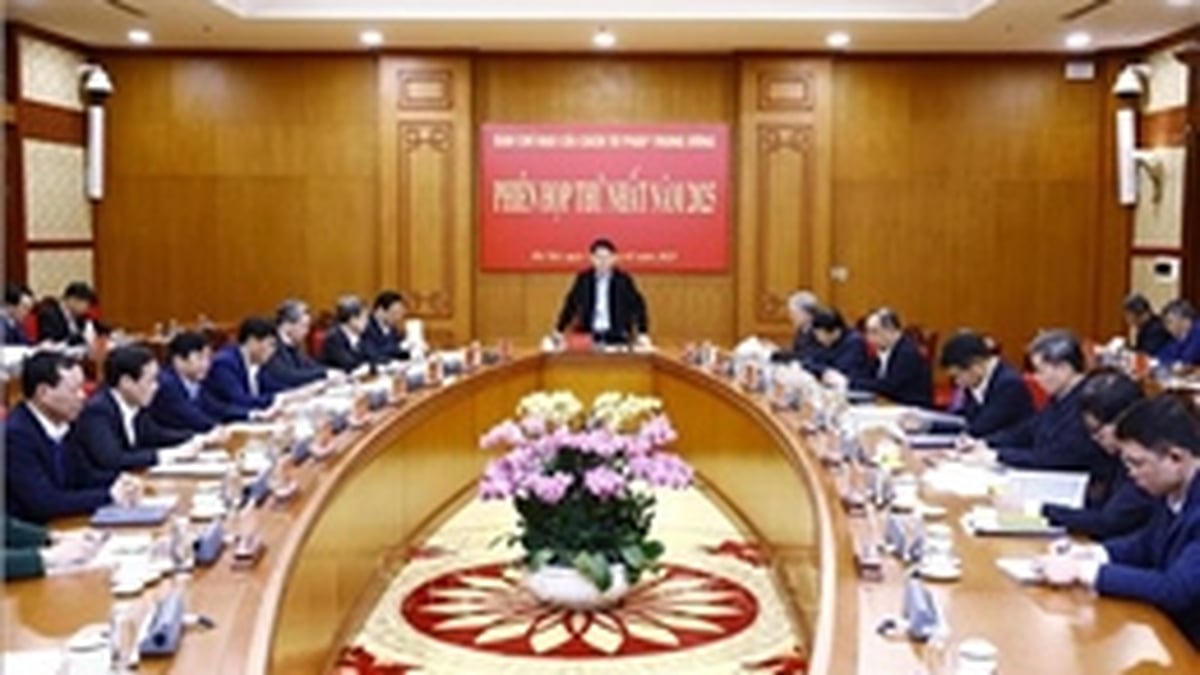

















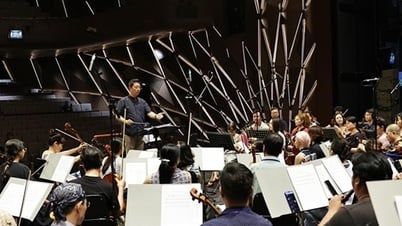









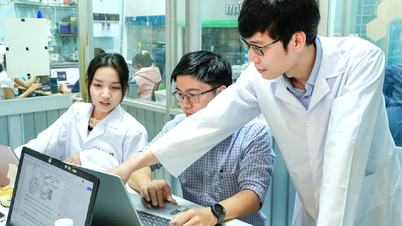













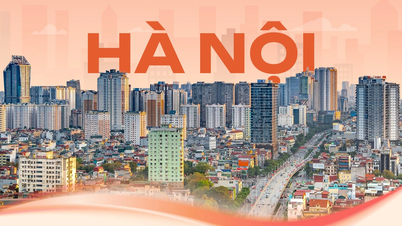



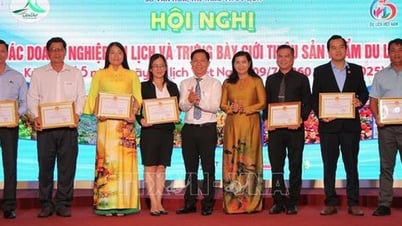


























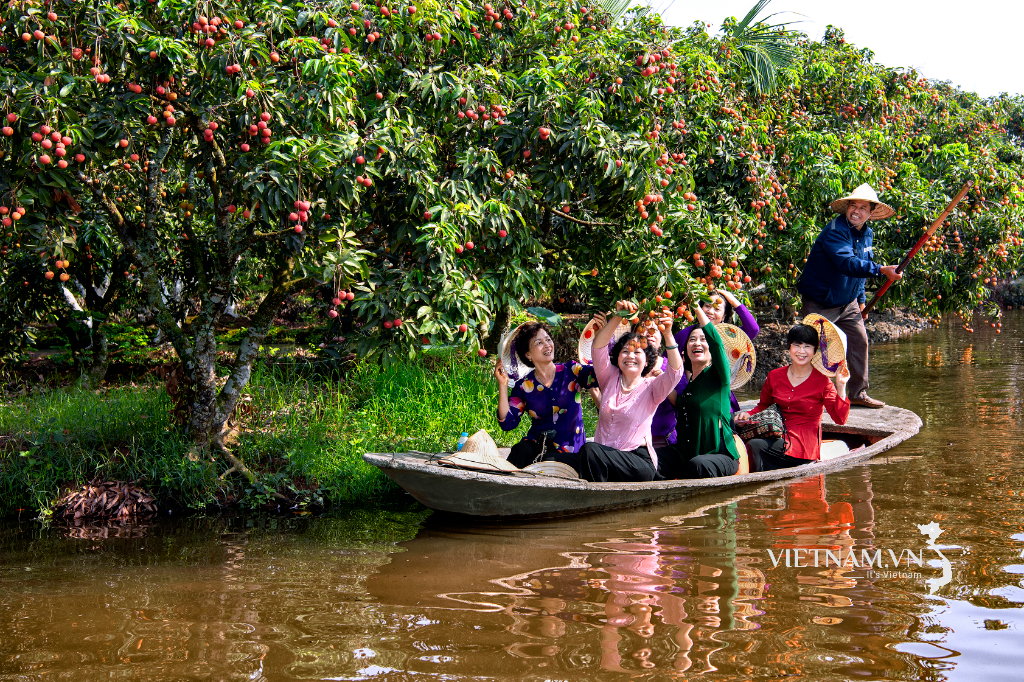
Comment (0)